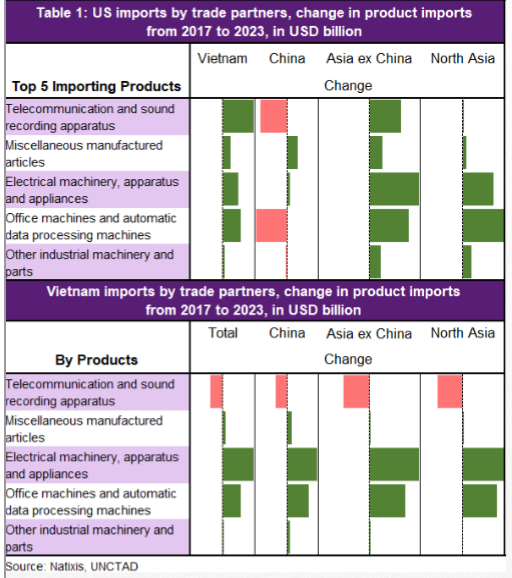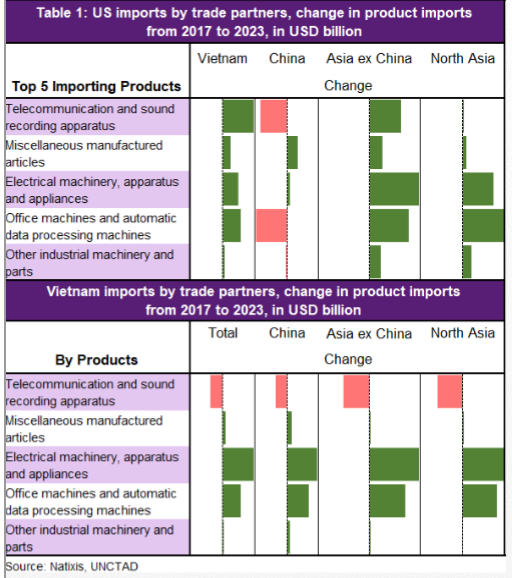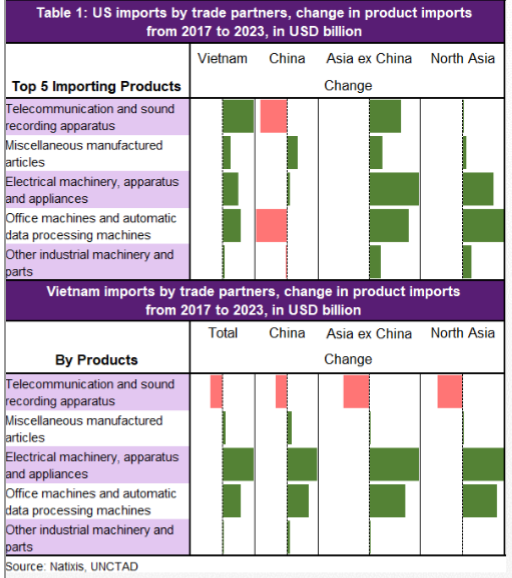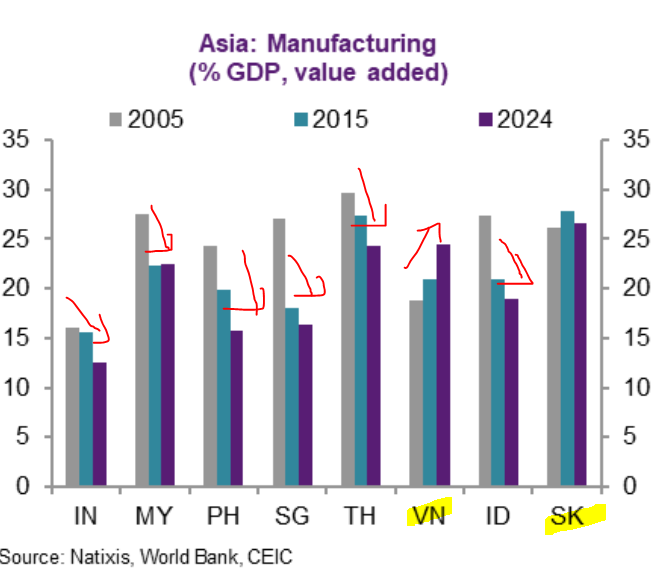Good morning Asia!!! 🌞@trinhnomics is 1 age older today & not sure wiser but defo happier as the years go by. Will share some reflect of what I have learned in 2021 as we prepare for 2022 that's coming imminently. Life is glorious & to be lived!
Let's look at rates' markets!
Let's look at rates' markets!

This is derived from MIPR Go on the bloomie & basically using what markets are pricing in to see what it expects in 1 year.
How to read this? Well, u look at total change & u see expectations of HIGHER rates in 2022. How high? +72bps for USD 🇺🇸.
But it isn't a lonely hiker!
How to read this? Well, u look at total change & u see expectations of HIGHER rates in 2022. How high? +72bps for USD 🇺🇸.
But it isn't a lonely hiker!

U may say, well who cares Trinh. Interest rate minterest rates! But u know this is the price of $ & the price of the dollar percolates globally because it determines whether cash is trash or not. If the price is > zero then it makes it more interesting to hold it. $ is relative. 

Note that what markets expect = not the future but expectations. So from here, u can say, well, is this going to be true or not & hence investment opportunities. Markets expecting 2022 to be a year of higher rates or shall we say enough economic growth to absorb more expensive $.
And here is where forecasters/analysts/economists diverge in their view of the US & generally other economies (I'm an Asian economist) on whether the economy is strong enough to absorb about 3 rate hikes.
While the USD is key, we need to see others too b/c relative value matters
While the USD is key, we need to see others too b/c relative value matters

In Asia, we got a bunch of countries following the Fed or expected to by rates' traders such as Australia (& yes, the RBA kept saying no to rate hike but traders are betting they are going to change course). And also NW, India & Korea. But China going the other way. Easing cycle. 

Easing cycle started end of Q4 w/ 50bps RRR cut + 5bps 1 year LPR but markets expect more to come. And not just monetary but also FISCAL easing to boost investment. State investment has been so bad. Markets calling for a BOTTOM of the slowdown or turn of the cycle as help coming. 

And I can go on & on based on just this table of rates' expectations of interest rates in the future.
Because u know that the price of risk free assets impact RISK assets due to their change of relative value.
Equities, credit, FX, and even or esp digital coins. And real assets
Because u know that the price of risk free assets impact RISK assets due to their change of relative value.
Equities, credit, FX, and even or esp digital coins. And real assets
Anyway, just wanna to say in a long winded way: THANK YOU for your support over the years. Appreciate the feedback! Thanks for reading my rants on economics & finance & beyond. Life is wonderful, no matter how big or small. 💃🕺
Sincerely,
@Trinhnomics 🙏
Sincerely,
@Trinhnomics 🙏
• • •
Missing some Tweet in this thread? You can try to
force a refresh









